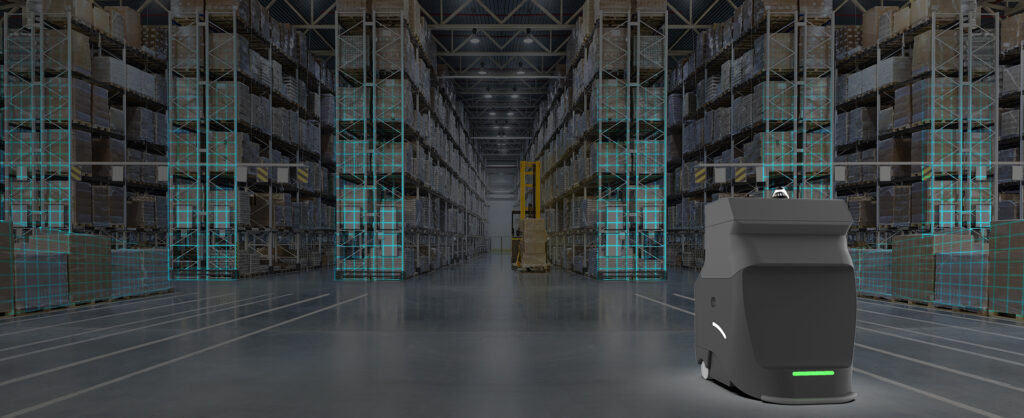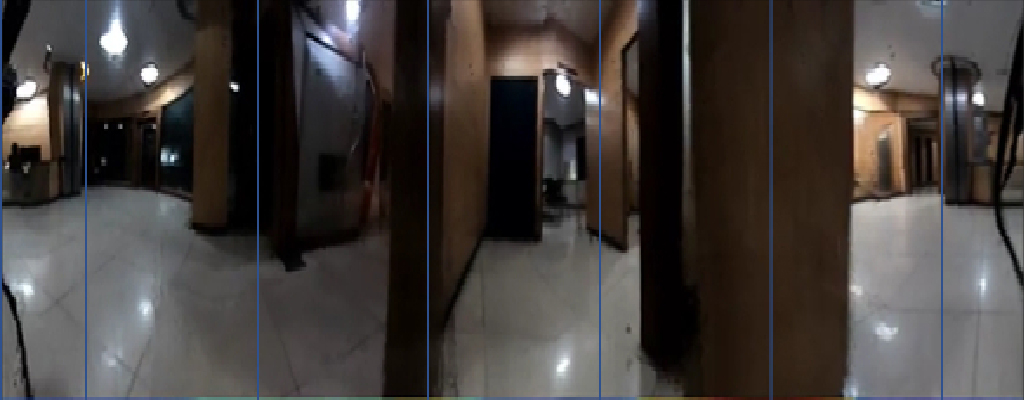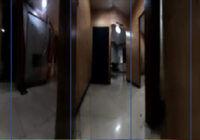DreamVu featured in Vision Systems Design March / April edition
This article discusses all how the proprietary technology that DreamVu has created replaces the concept of using multiple stereo vision cameras or LiDAR to allow 360° of situational awareness. With autonomous vehicles, consumer confidence is crucial, and the use of LiDAR systems were one of the earliest technologies to allow autonomous vehicles to exist. However, the article notes that earning and retaining consumer confidence in this technology might be difficult without using what a human uses – side-view and rear-view mirrors. Contrary to the limits of LiDAR combined with multiple stereo cameras, DreamVu’s PAL camera can sense in full 360° at all times using their proprietary stereo lens. Vision Systems Design is a leading source of information on imaging and machine vision technology.
The technology within the PAL lens, combined with the algorithm in DreamVu’s software create a stereo left and stereo right view that is more compute-friendly than stitching together images from multiple stereo vision cameras. The article goes on to describe a few different products offered by DreamVu, along with their specifications, including the PAL, PAL Mini, and PAL Ethernet. The article discusses the importance of the presence of objects in their FOV to create disparity and calculate depth.
When using multiple stereo-vision cameras, a near-field blind spot is often created where the two cameras intersect. However, the technology in DreamVu’s PAL camera eliminates the potential for this near-field blind spot. Despite DreamVu’s technology reducing any FOV limitations, some applications still might require multiple PAL cameras. For example, a warehouse robot equipped with multiple stereo cameras might have to stop and turn multiple times before exiting an aisle and going into another aisle, an autonomous robot with DreamVu’s PAL cameras would be able to make a smooth, single turn.
Vision Systems Design aims to inform and inspire its readers with insights and best practices that help them design, implement, and optimize high-performance vision systems for diverse industries and applications.
Lastly, the article discusses DreamVu’s potential benefits for simultaneous localization and mapping (SLAM) and obstacle detection and obstacle avoidance (ODOA) as a result of their cameras’ lack of a blind spot, omnidirectional point clouds, and ability to capture entire scenes in each frame. Additionally, the article discusses how DreamVu offers an OpenCV- and Robot Operating System (ROS) that is not required to run on the PAL camera.







